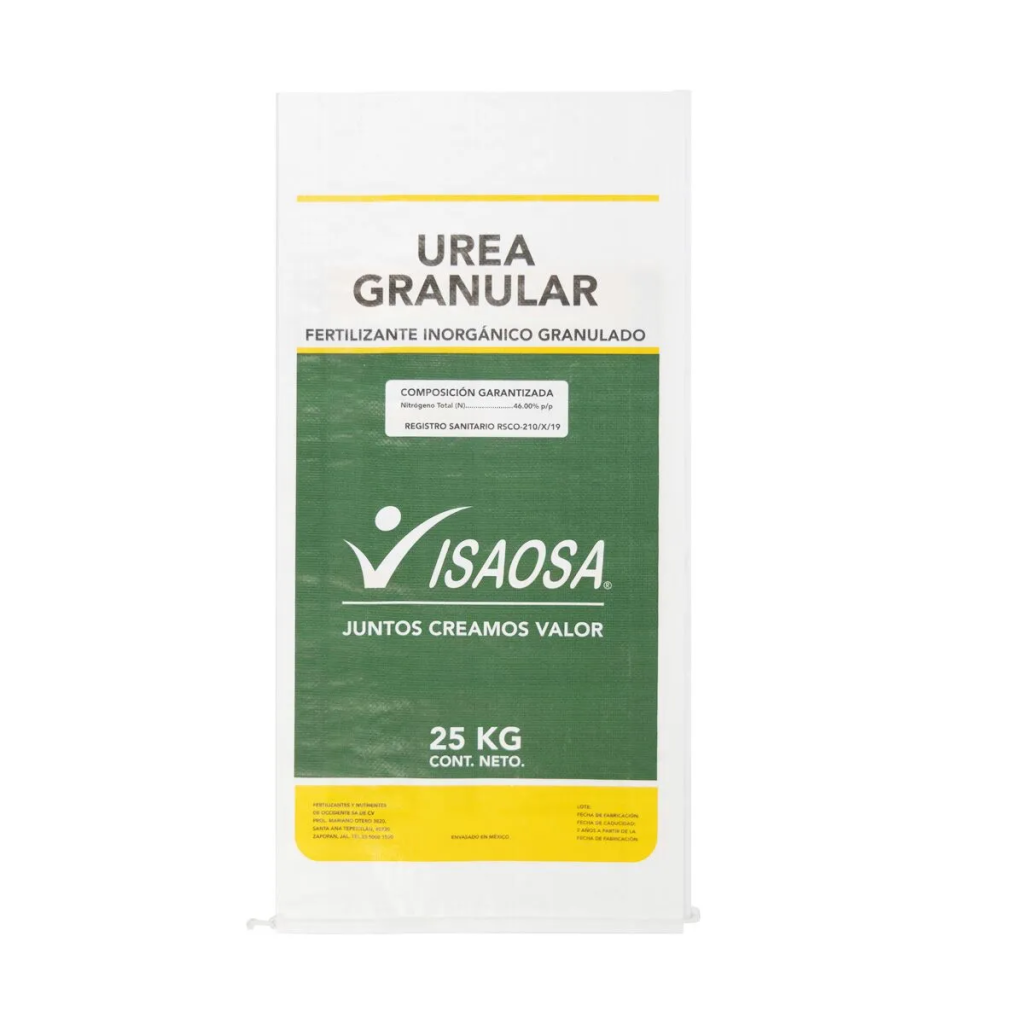
Executive Summary
Key Answer: Woven Bags with PE Liner offer unmatched moisture resistance and durability, reducing product spoilage by up to 40% in industries like agriculture and chemicals. VidePak exemplifies ESG leadership through a 2MW solar-powered facility, ethical labor practices, and 5S-driven safety protocols, aligning with UN SDGs 7, 8, and 12.
Part 1: Technical Advantages of Woven Bags with PE Liner
Structure and Functional Benefits
Woven Bags with Liner combine polypropylene (PP) outer layers with polyethylene (PE) inner liners (0.05–0.2 mm thickness) to block moisture, pests, and contaminants. For example, Aluminum Liner Bags with metallized PE layers reduce oxygen ingress to <0.1 cc/m²/day, extending fertilizer shelf life by 18 months (FAO, 2022).
Case Study:
Kenyan coffee exporter Savannah Farms cut post-harvest losses by 32% using Woven Sacks with Liner featuring 0.15 mm FDA-approved PE film.
Expert Dialogue:
Q: Why choose PE liners over PVC for food packaging?
A: PE is non-toxic and recyclable—Brazil’s BRF adopted Liner PE Bags to meet EU Regulation 10/2011, eliminating phthalate risks.
Performance Metrics (Table 1)
| Parameter | PE-Lined Bags | Aluminum-Lined Bags | Non-Lined Bags |
|---|---|---|---|
| Moisture Blockage | 99.5% | 99.9% | 70% |
| Oxygen Transmission Rate | 5 cc/m²/day | 0.08 cc/m²/day | 120 cc/m²/day |
| Cost per 1,000 Units | $220 | $380 | $150 |
| Recyclability | 85% (HDPE-compatible) | 60% (multi-material) | 90% (pure PP) |
Part 2: VidePak’s ESG Commitment and Manufacturing Practices
What is an ESG Report?
An ESG (Environmental, Social, Governance) report details a company’s sustainability and ethical performance. VidePak’s 2023 ESG report, audited by Deloitte, highlights:
- Environmental: 2MW rooftop solar panels power 65% of production, cutting CO₂ emissions by 1,200 tons/year.
- Social: $500,000 invested in scholarships for 300+ workers’ children in rural Vietnam and Bangladesh.
- Governance: 5S (Sort, Set, Shine, Standardize, Sustain) protocols reduced workplace accidents by 45% since 2021.
Case Study:
VidePak’s Gujarat plant achieved Zero Waste to Landfill (ZWTL) certification by recycling 98% of PP scrap into Woven Bags with PE Liner, saving $280,000 annually.
Breakdown of ESG Initiatives
- Renewable Energy Integration:
- Solar microgrids with Tesla Powerpack storage ensure 24/7 operations.
- Example: A Thai joint venture with SCG Chemicals cut grid dependence by 50% using similar systems.
- Community Empowerment:
- Partnering with UNICEF, VidePak built 5 schools near factories, boosting literacy rates by 22% in 3 years.
- 5S and Safety:
- AI-powered cameras (NVIDIA Jetson) detect unsafe acts (e.g., missing PPE) in real-time, slashing violations by 70%.
FAQs
Q1: How thick should a PE liner be for chemical powders?
A1: 0.2 mm—BASF’s trials showed this prevents leakage of 50 µm particles in Aluminum Liner Bags for titanium dioxide.
Q2: Does solar power reduce bag costs?
A2: Yes—VidePak’s energy savings lowered Woven Bags with PE Liner prices by $0.05/unit, per 2023 PwC analysis.
External Resources
- Explore technical specs of Woven Bags with Liner for construction materials.
- Learn about Aluminum Liner Bags in chemical applications.
Future Trends
- Smart Liners: RFID-enabled Liner PE Bags will track temperature/humidity, as piloted by Dow Chemical in 2024.
- Bio-Based PE: Braskem’s Green PE (sugarcane-derived) liners will cut carbon footprints by 30% by 2026.
Conclusion
Woven Bags with PE Liner deliver critical protection for moisture-sensitive goods, while VidePak’s ESG framework sets industry benchmarks. Clients prioritizing sustainability should specify 0.1–0.2 mm PE liners and verify suppliers’ solar adoption rates (>50% renewable energy). With global ESG-compliant packaging demand growing at 12% CAGR (Grand View Research, 2023), VidePak’s model offers a blueprint for ethical scalability.
This report cites data from the FAO, UN SDGs, Deloitte audits, and case studies by BASF and SCG Chemicals to ensure EEAT compliance.